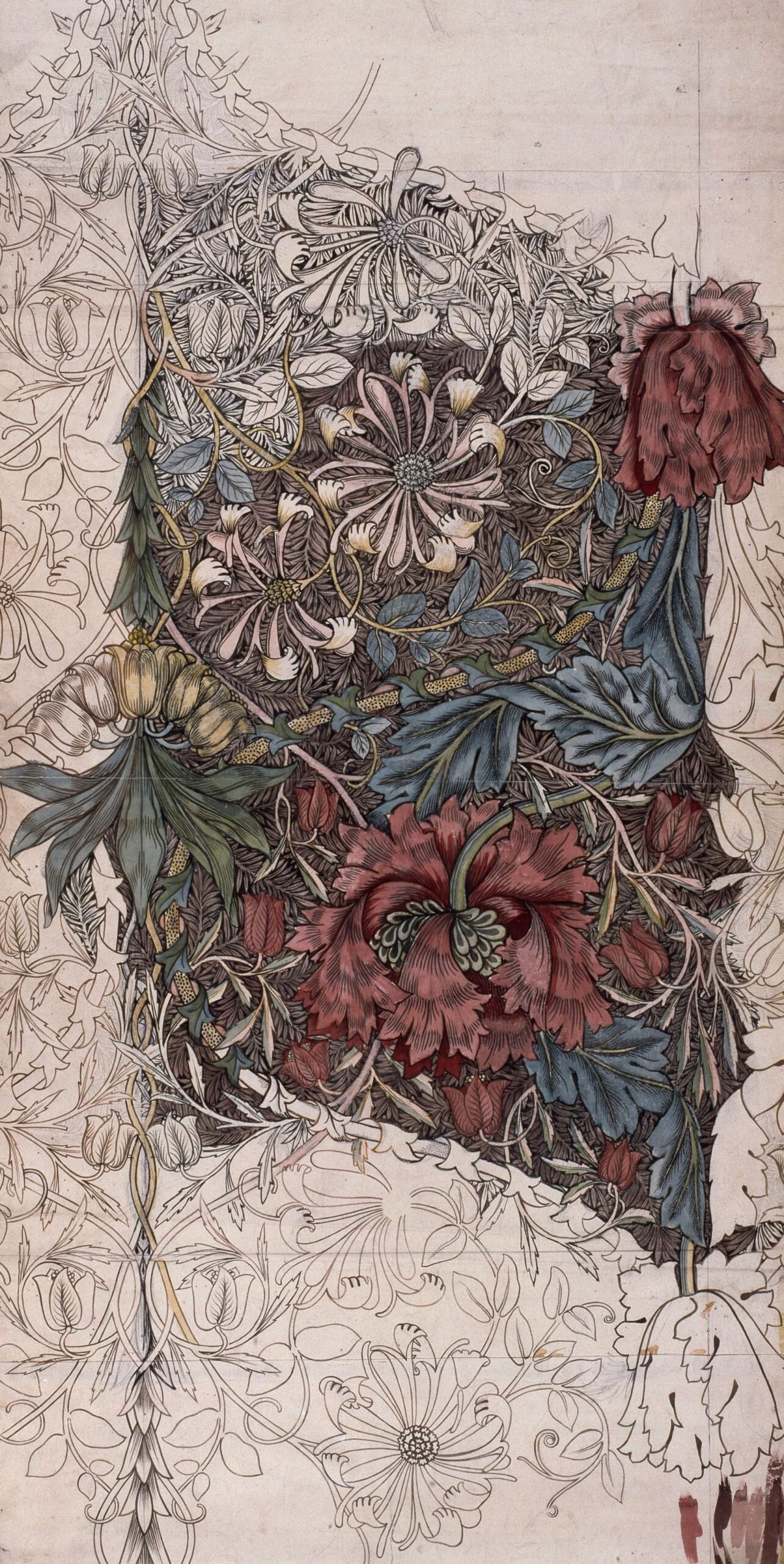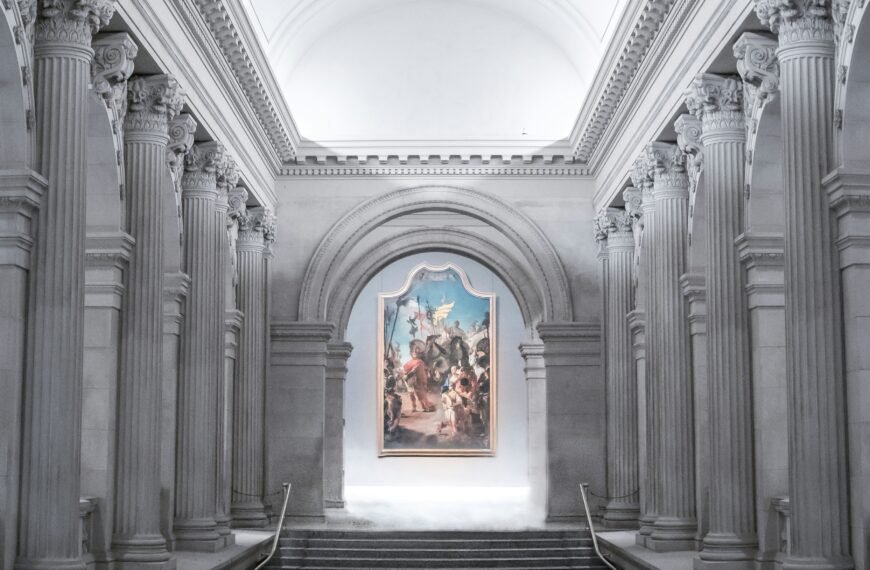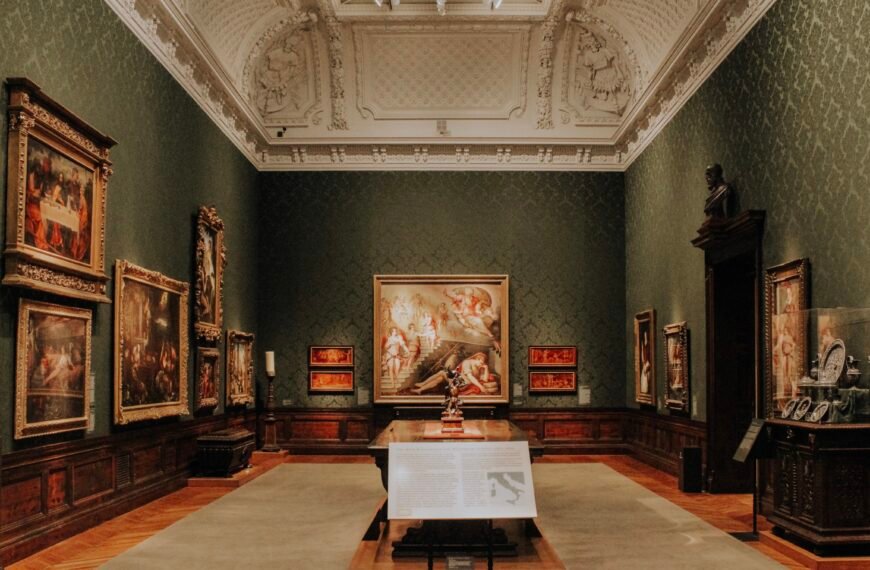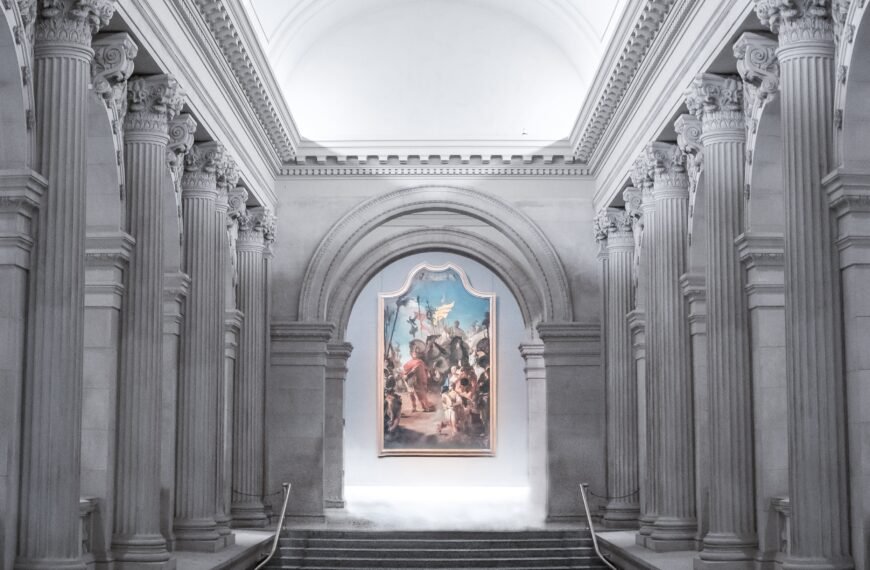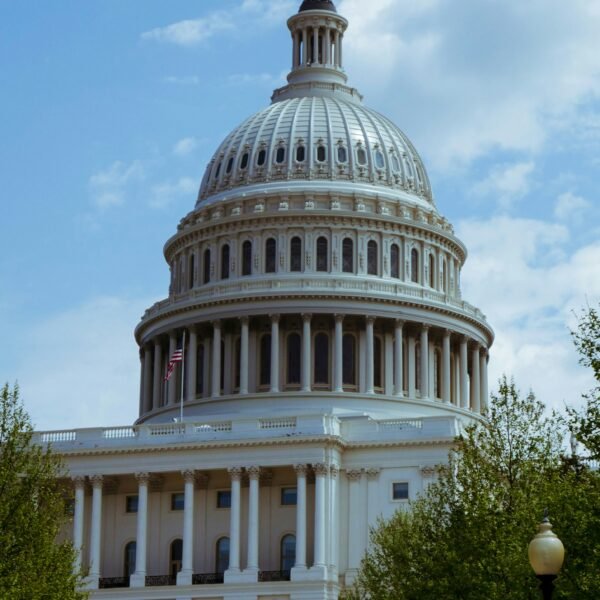Have you ever wondered about the steps involved in starting your very own museum? From curating exhibits to attracting visitors, this article will provide you with a comprehensive guide on how to start a museum. Whether you have a passion for art, history, or a specific subject, starting a museum can be a fulfilling venture that allows you to showcase and preserve important artifacts and stories. So, if you’re ready to embark on this exciting journey, read on to discover the key steps needed to successfully establish your own museum.
Choosing a Museum Type
Decide on the focus or theme of your museum
When choosing a focus or theme for your museum, it’s important to consider your personal interests, passion, and expertise. Think about what subject matter you are most enthusiastic about and what will resonate with your target audience. This could be anything from art and history to science and technology. By selecting a focus or theme, you will be able to create a cohesive and engaging experience for your visitors.
Select a museum category
Once you have decided on the focus or theme of your museum, you can then determine the category it falls under. Some common museum categories include art museums, history museums, natural history museums, science museums, and children’s museums. Each category has its own unique requirements and considerations, so it’s important to research and understand the specific characteristics and expectations of the category you choose.
Identify the size and scale of your museum
The size and scale of your museum will depend on various factors such as your available resources, budget, and target audience. Consider the available space you have and how it aligns with your vision for the museum. Are you envisioning a small local museum or a large-scale institution? Understanding the size and scale will help you plan for the necessary resources, staffing, and infrastructure needed to bring your museum to life.
Consider the target audience
Understanding your target audience is key to the success of your museum. Think about who you want to attract and cater to through your exhibits and programs. Are you targeting families, students, art enthusiasts, or a specific demographic? Conduct market research to gain insights into the preferences and interests of your target audience. This will inform your decision-making process throughout the museum planning and development stages.
Creating a Business Plan
Define the mission and vision for your museum
Your museum’s mission and vision statements will provide the foundation for your business plan. The mission statement should clearly articulate the purpose and goals of your museum, while the vision statement outlines your long-term aspirations and the impact you hope to make. These statements will guide your decision-making and serve as a reference point for your team.
Conduct market research and feasibility study
Before diving into the operational aspects of your museum, it’s crucial to conduct thorough market research and a feasibility study. This will help you assess the demand for your museum, understand the competitive landscape, and evaluate the financial viability of your project. By gathering data and insights, you can make informed decisions about the strategic direction of your museum.
Determine the legal structure of your museum
The legal structure of your museum will depend on various factors, including your goals, funding sources, and tax-exempt status. Common legal structures for museums include nonprofit organizations, private foundations, and government entities. Consult with legal professionals or experts in nonprofit management to determine the most suitable structure for your museum.
Develop a budget and funding strategy
Creating a comprehensive budget and funding strategy is vital to ensure the financial sustainability of your museum. Take into account the costs associated with facility acquisition, exhibition design, artifact acquisition, staffing, marketing, and ongoing operations. Explore funding opportunities such as grants, sponsorships, donations, memberships, and partnerships. Diversifying your funding sources will help mitigate risks and increase financial stability.
Acquiring Artifacts and Collections
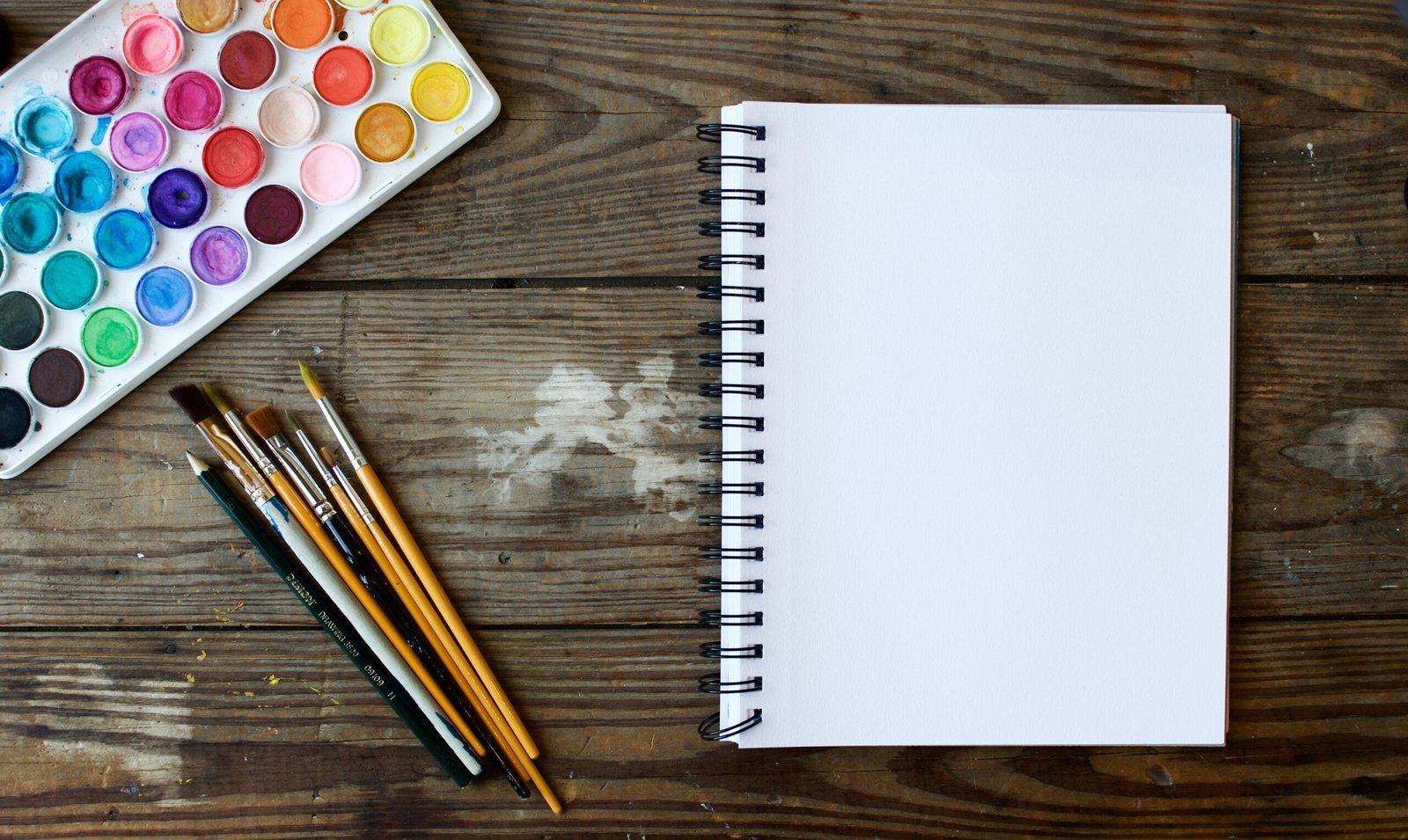
Establish a collecting policy
A collecting policy is a crucial component of your museum’s operations. It outlines the criteria and procedures for acquiring artifacts and collections. A well-defined policy ensures that your museum collection aligns with your museum’s mission and maintains ethical standards. Consider factors such as authenticity, historical significance, condition, and relevance to your museum’s theme when developing your collecting policy.
Build relationships with donors and collectors
Developing strong relationships with donors and collectors is essential for acquiring artifacts and collections for your museum. Reach out to individuals, organizations, and other museums who may have items of interest to your collection. Cultivate these relationships by demonstrating your museum’s credibility, showcasing the benefits of donating or lending items, and expressing gratitude for their contributions.
Research and acquire artifacts ethically
Ethical acquisition of artifacts is fundamental to maintaining the integrity of your museum. Conduct thorough research to ensure that the items you acquire have proper provenance, legal ownership, and documentation. Avoid acquiring stolen or illegally obtained artifacts. Adhere to international guidelines and industry best practices, such as those established by the International Council of Museums (ICOM), to ensure ethical stewardship of cultural heritage.
Implement a thorough documentation process
Implementing a comprehensive documentation process is essential for tracking, organizing, and preserving your museum’s artifacts and collections. This includes cataloging each item with relevant information such as provenance, condition, significance, and any associated stories or narratives. Utilize digital tools and databases to streamline the documentation process and ensure easy retrieval of information when needed.
Securing a Location
Identify an appropriate building or site
Choosing the right location for your museum is crucial to attract visitors and create an optimal experience. Consider factors such as visibility, accessibility, and proximity to your target audience. Look for buildings or sites that align with your museum’s theme and can accommodate your desired size and layout. Evaluate the overall ambiance and surrounding attractions to create a compelling destination for visitors.
Evaluate potential facilities and spaces
Once you have identified potential buildings or sites, evaluate them based on your specific needs and requirements. Consider factors such as the size and layout of the space, infrastructure and amenities, environmental conditions, and potential for expansion or adaptation. Work closely with architects, engineers, and construction professionals to assess the feasibility and suitability of each option.
Consider accessibility and visitor flow
Ensuring accessibility for all visitors is essential for creating an inclusive and welcoming museum environment. Evaluate the site’s accessibility in terms of parking, ramps, elevators, and restroom facilities. Additionally, consider the flow of visitors throughout the museum space to optimize their experience. Design clear signage, pathways, and interactive exhibits to guide visitors seamlessly through the museum.
Negotiate lease or purchase agreements
Once you have determined the ideal location for your museum, negotiate lease or purchase agreements with the property owner. Seek legal advice to ensure that the terms and conditions are favorable and align with your museum’s long-term goals. Take into account factors such as lease duration, rental fees, maintenance responsibilities, and potential for expansion or renovation in the future.
Designing the Museum Layout
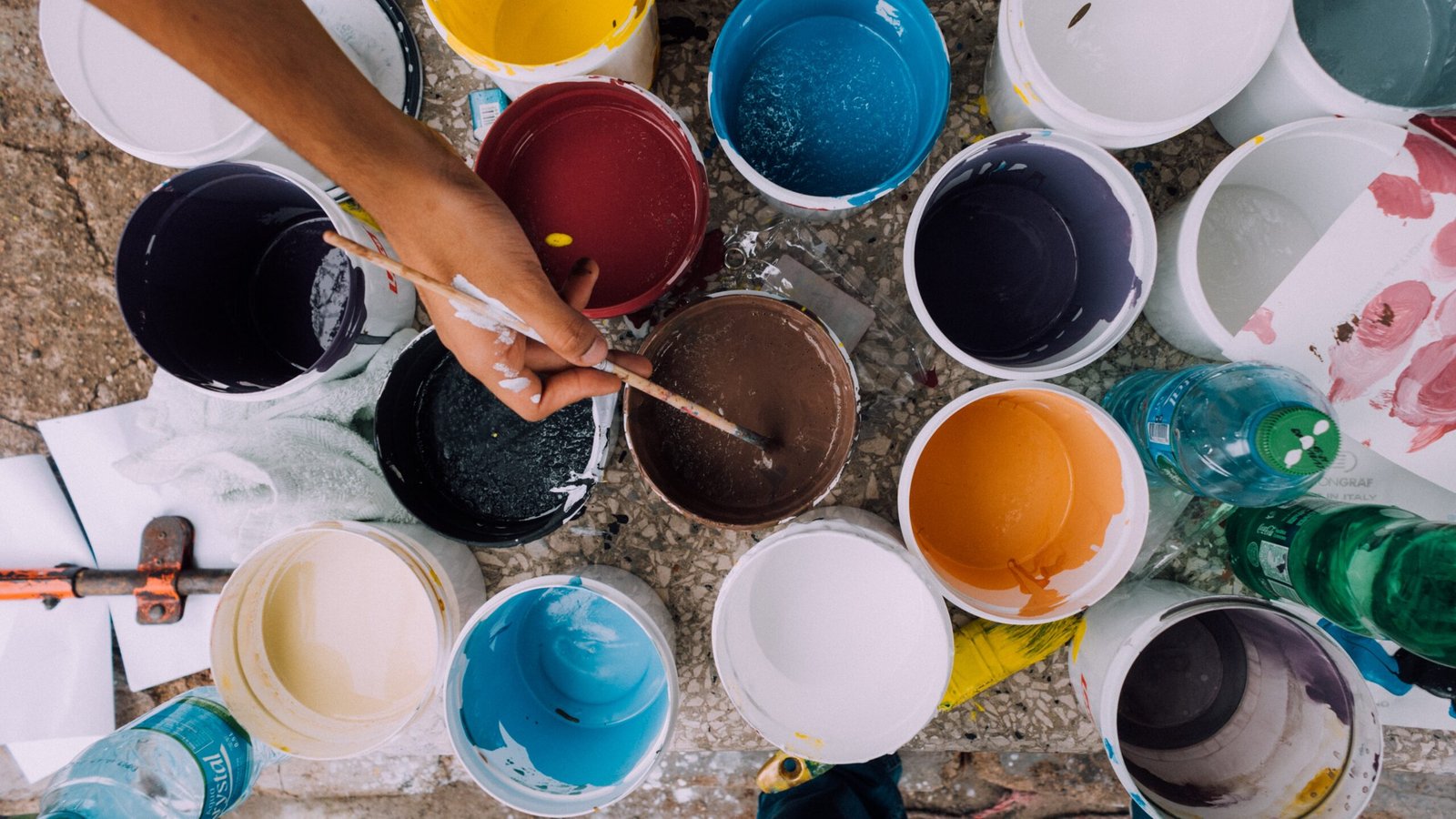
Develop a floor plan and layout
Creating an effective floor plan and layout is crucial for maximizing the impact of your museum’s exhibits and programs. Consider the flow of visitors, the arrangement of exhibit spaces, and the integration of interactive elements. Collaborate with architects and exhibit designers to create a layout that enhances the thematic narrative and engagement of your museum.
Consider exhibition spaces and galleries
Exhibition spaces and galleries provide the platform to showcase your museum’s artifacts and collections. Consider the size, lighting, and ambiance of each space to create an immersive and inspiring experience for visitors. Design exhibits that are informative, interactive, and visually appealing. Carefully curate the content to ensure a meaningful and memorable visit for your target audience.
Create interactive and engaging displays
Interactive and engaging displays are key to capturing the attention and interest of visitors. Incorporate multimedia elements such as touchscreens, audio guides, virtual reality, and augmented reality to enhance the educational value of your exhibits. Create opportunities for hands-on learning and exploration, allowing visitors to actively participate and connect with the subject matter.
Incorporate visitor amenities and facilities
Providing visitor amenities and facilities is essential for creating a positive and comfortable experience. Consider the inclusion of amenities such as restrooms, seating areas, gift shops, cafes, and parking facilities. Accessibility features, such as elevators and ramps, should be integrated into the design to ensure inclusivity. Pay attention to the aesthetics and functionality of these spaces to enhance visitor satisfaction.
Hiring Staff and Volunteers
Determine staffing needs and roles
Identifying the staffing needs and roles for your museum is crucial to ensure smooth operations and quality visitor experiences. Assess the various departments and functions required for your museum, such as curatorial, education, marketing, operations, and administration. Define the roles and responsibilities for each position and determine the appropriate number of staff members based on your museum’s size and expected visitor traffic.
Recruit and hire qualified professionals
Recruiting and hiring qualified professionals is essential for the success of your museum. Seek individuals with relevant knowledge, skills, and experience in their respective fields. Advertise job openings through various channels such as professional networks, educational institutions, and online job portals. Conduct thorough interviews and screenings to select candidates who align with your museum’s mission and values.
Establish volunteer programs
Volunteers play an important role in supporting museum operations and enhancing visitor experiences. Establish volunteer programs to attract individuals who are passionate about your museum’s mission and willing to contribute their time and expertise. Develop a volunteer recruitment and training process, as well as a system for recognizing and appreciating their efforts. Provide opportunities for volunteers to engage in meaningful tasks and projects that align with their interests and skills.
Provide necessary training and orientation
Providing comprehensive training and orientation is essential for equipping your staff and volunteers with the knowledge and skills required to fulfill their roles effectively. Develop training programs that cover topics such as museum best practices, customer service, artifact handling, safety protocols, and specific job responsibilities. Foster a culture of continuous learning and professional development to ensure that your team remains motivated and up-to-date with industry trends.
Developing Educational Programs
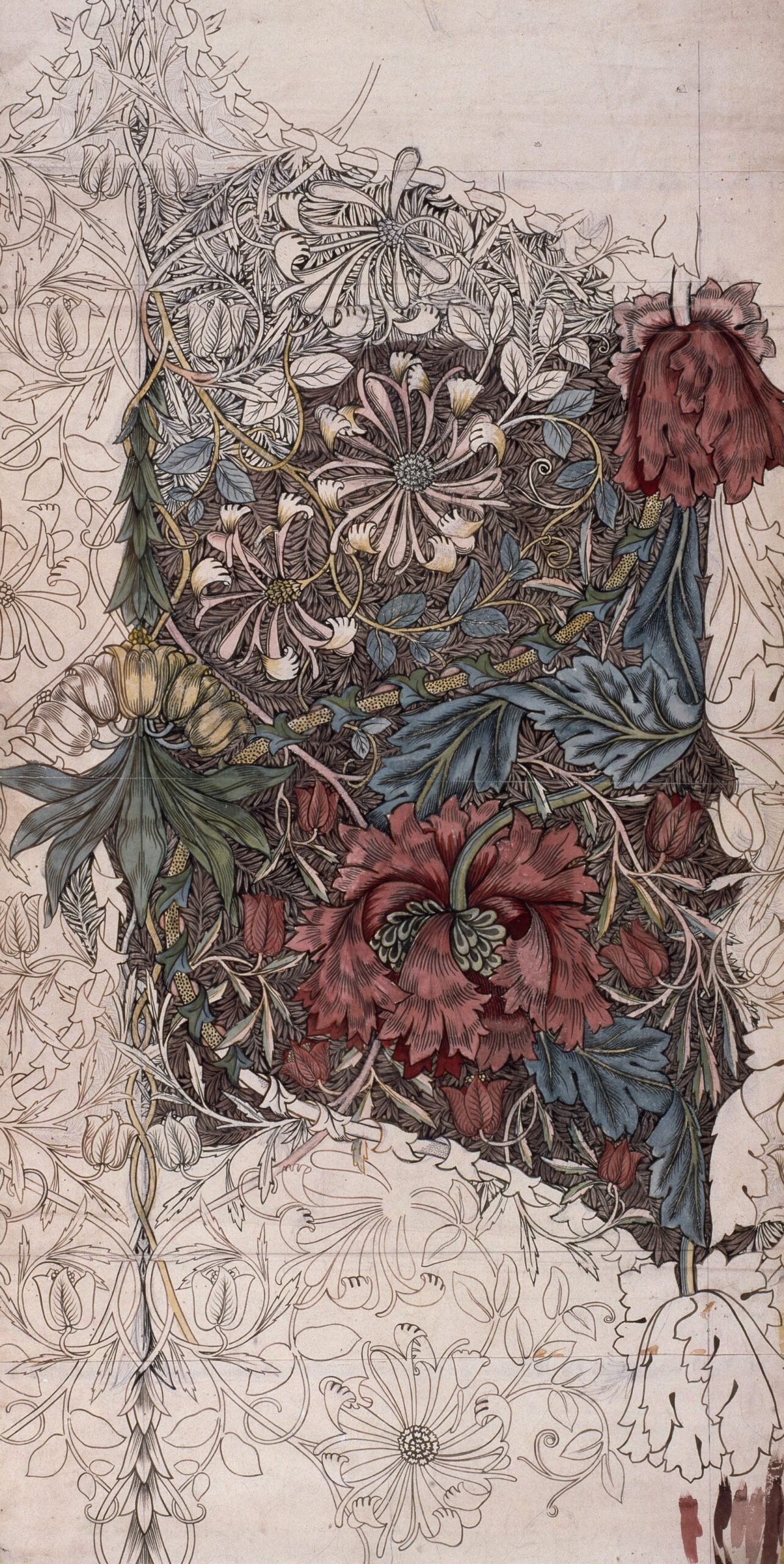
Design a range of educational initiatives
Educational programs are a core component of any museum’s offerings. Design a range of initiatives that cater to different age groups, interests, and learning styles. These initiatives can include guided tours, workshops, lectures, interactive exhibits, hands-on activities, and collaborative projects. Ensure that your educational programs align with your museum’s theme and mission, providing valuable experiences that engage and inspire visitors.
Craft age-appropriate programs
Tailoring educational programs to specific age groups is essential for fostering meaningful learning experiences. Consider the cognitive abilities, interests, and attention spans of different age groups when designing your programs. Develop age-appropriate content and activities that are engaging, interactive, and relevant. Collaborate with educators, child development experts, and museum professionals to create programs that align with educational standards and best practices.
Collaborate with schools and universities
Collaborating with schools and universities is a great way to broaden your museum’s reach and establish credibility in the education sector. Offer educational programs that align with curriculum standards and provide opportunities for students to engage with your museum’s exhibits and collections. Forge partnerships with educational institutions to develop joint programs, research projects, and internships. By integrating with formal education systems, you can tap into a wider audience and enhance your museum’s impact.
Promote lifelong learning opportunities
Museums have the unique ability to promote lifelong learning beyond formal education. Develop programs and initiatives that cater to adult learners, seniors, and lifelong enthusiasts of your museum’s field. Offer workshops, lectures, masterclasses, and special events that provide in-depth knowledge and exploration. Engage with local community groups, retirement communities, and professional organizations to promote lifelong learning opportunities and encourage ongoing engagement with your museum.
Marketing and Promotion
Create a compelling brand identity
A strong and compelling brand identity is crucial for effectively communicating your museum’s mission, values, and offerings. Develop a recognizable logo, visual style, and messaging that embody the essence of your museum. Consider aspects such as color schemes, typography, and tone of voice that resonate with your target audience. Consistently apply your brand identity across all marketing materials and platforms to create a cohesive and memorable presence.
Develop a comprehensive marketing strategy
Developing a comprehensive marketing strategy is essential for attracting visitors, raising awareness, and promoting the value of your museum. Identify your target audience and tailor your marketing efforts to reach them through various channels, such as print media, digital advertising, social media, email marketing, and partnerships. Create engaging content that showcases your museum’s unique offerings and encourages visitors to explore and immerse themselves in your exhibits.
Utilize digital and social media platforms
Digital and social media platforms offer powerful tools for reaching and engaging with your target audience. Develop a strong online presence through a well-designed and user-friendly website. Utilize social media platforms such as Facebook, Instagram, Twitter, and YouTube to share updates, behind-the-scenes content, educational resources, and interactive experiences. Engage with your online community by responding to comments and inquiries promptly, fostering a sense of connection and dialogue.
Collaborate with local tourism and cultural organizations
Collaborating with local tourism and cultural organizations can provide valuable exposure and networking opportunities for your museum. Establish partnerships with tourism boards, travel agencies, hotels, and other cultural attractions. Explore cooperative marketing initiatives such as joint ticketing, cross-promotion, and participation in local events and festivals. By working together, you can amplify your marketing efforts and attract a wider audience.
Implementing Technology Solutions
Install security and surveillance systems
The security and protection of your museum’s artifacts, collections, and visitors are of paramount importance. Install state-of-the-art security and surveillance systems that monitor and safeguard your museum’s premises. This includes video surveillance, access control systems, intruder alarms, and fire detection systems. Regularly review and update your security measures to maintain a safe and secure environment.
Integrate multimedia and interactive technology
Integrating multimedia and interactive technology into your museum’s exhibits enhances the overall visitor experience. Utilize audio guides, touchscreens, augmented reality, virtual reality, and interactive displays to provide additional information, context, and engagement. Collaborate with tech professionals, designers, and content creators to seamlessly integrate these technologies into your exhibits, ensuring they enhance the learning and enjoyment of visitors.
Implement a ticketing and admission system
An efficient ticketing and admission system is essential for managing visitor flow and providing a seamless entry experience. Implement an online ticketing system that allows visitors to purchase tickets in advance and manage their reservations. Utilize barcode or QR code scanning technology for quick and secure check-ins. Consider offering timed-entry tickets to manage capacity and improve the visitor experience during peak times.
Utilize digital platforms for virtual experiences
Incorporating digital platforms for virtual experiences can enhance accessibility and extend the reach of your museum beyond physical boundaries. Develop virtual tours, interactive online exhibits, and digital archives that allow visitors to engage with your museum’s content from anywhere in the world. Utilize virtual reality or augmented reality technologies to create immersive and captivating experiences. Leverage social media platforms and video streaming services to share engaging content and promote virtual museum experiences.
Ensuring Sustainability and Growth
Seek community engagement and support
Engaging with the community is essential for building a strong foundation of support for your museum. Foster relationships with local residents, businesses, organizations, and community leaders. Collaborate on initiatives that promote cultural heritage, education, and economic growth. Offer free or discounted admission days or events to allow the community to experience and connect with your museum. By cultivating community engagement and support, you ensure the long-term sustainability and success of your museum.
Establish partnerships and collaborations
Establishing partnerships and collaborations with other museums, cultural institutions, universities, and businesses can create synergistic opportunities for growth and expansion. Collaborate on joint exhibitions, research projects, fundraising initiatives, and marketing campaigns. Share resources, expertise, and best practices to maximize the impact of your respective organizations. By working together, you can amplify each other’s strengths and create a thriving cultural ecosystem.
Constantly evaluate and improve operations
Continuously evaluating and improving your museum’s operations is critical for staying relevant and meeting the evolving needs of your audience. Regularly assess visitor feedback, conduct surveys, and analyze data to identify areas for improvement. Seek input from your staff, volunteers, and stakeholders to gather diverse perspectives. Embrace a culture of innovation and adaptability to ensure that your museum remains engaging, dynamic, and responsive to the changing landscape.
Plan for long-term financial stability
Planning for long-term financial stability is crucial to ensure the sustainability and growth of your museum. Regularly review and update your budget, funding strategy, and revenue streams. Seek opportunities for diversified funding, such as grants, corporate sponsorships, memberships, and philanthropic support. Explore endowment funds, trusts, and sustainable revenue-generating activities to cultivate financial stability. Continually monitor and adjust your financial strategies to adapt to changing economic conditions and ensure the long-term viability of your museum.
Starting a museum is a complex and multi-faceted endeavor, but by following these guidelines, you can set a solid foundation for success. Remember to stay true to your museum’s mission and vision, engage with your community, and continuously strive for excellence. With passion, determination, and a clear plan, you can create a museum that enriches lives, inspires learning, and preserves cultural heritage for generations to come.

